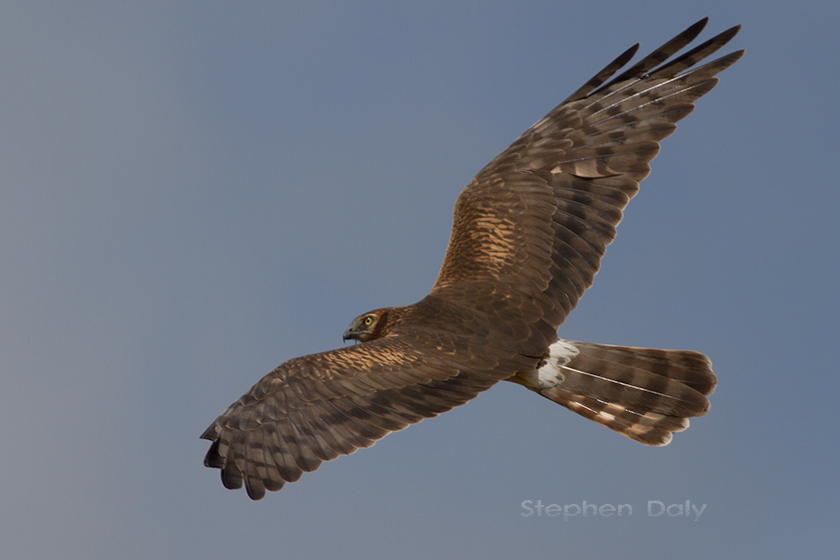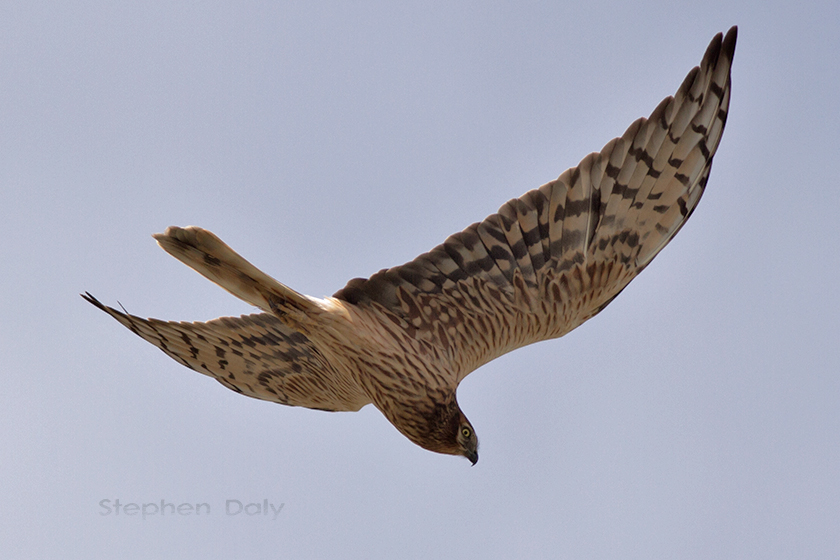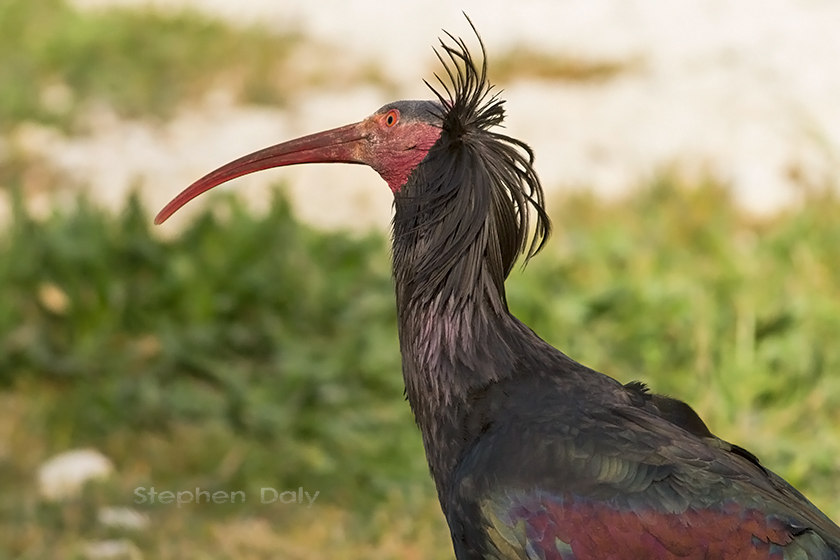It’s quite a long photo post this week and please scroll down and enjoy the views we’ve been having. I’ve been quite busy and wanted to write up more but I was out in the field most days and had lots of emails and other office work to do.
Black-eared Wheatears continued to show up on the coast this last week along with lots of other migrants. The weather has been pretty poor but a constant SW breeze has been bringing birds and butterflies across The Strait of Gibraltar into Cadiz province.
The lower salt marshes on the Guadalquivir River were pretty saturated but Greater Flamingoes, Eurasian Spoonbills, Cattle, Little and Great Egrets together with Grey, some Purple and Squacco Herons had plenty of places to feed.
Greater Flamingoes over the salt marshes near Algaida last week.
Some early plants in our garden attracted quite a few of these beetles.
Black-winged Kites are quite secretive right now with nesting underway. They are here but they are not so easy to find.
Blue Rock Thrushes have been displaying and males have been having territorial tussles on the limestone crags along the coast and on the higher inland sierras.
We had lots of Booted Eagles each day with both the commoner lighter form and the dark form.
Dark form of Booted Eagle
Corn Buntings sing all year but they have just turned up the volume this last few weeks.
Cattle Egrets breeding at La Janda in one mass roost.
Hoopoes make great photo subjects and I liked this shot with the diffused mixed colour background that I used it as a banner on our Hoopoe Cottage accommodation page on Andalucian Guides…
This young Hare was being chased through the fields by a male Marsh Harrier when it suddenly decided to stop and stand up on it’s hind legs and show just how large it was. This action alarmed the harrier so much that it left the Hare alone. It was really interesting to watch and it’s just a pity I didn’t get the harrier in the same shot. You can scroll down and see the Marsh Harrier below.
It’s not only the Cattle Egrets that take off the parasites from cattle, Jackdaws, Common Magpies and Starlings all profit from these large mammals.
Kentish Plover at Barbate. We have good numbers of this smart looking little wader along the coast and this male is looking very bright in his breeding plumage.
Some shots of the Marsh Harrier that fancied his chances of taking a Hare.
Always a delight to see, the return of the Montagu’s Harrier. It’s such a pleasure for me and I can’t help being so enthusiastic about showing this graceful raptor to our visitors. This is an adult female that came in to Europe during a storm and I was fortunate to get some light on her as she moved up and down the undulating hills covered with bright green shoots of winter wheat that’s just going into flower.
Clutching grass as she swoops down again and grasps a few strands displaying to her mate.
This was an older female that was in the same area.
I didn’t manage to get closer views of the male but here are a few shots of different birds.
Northern Bald Ibis
La Barca de Vejer is definitely on the map as the place to see free flying Northern Bald Ibis in Europe. The small colony of one of the world’s rarest birds looks like increasing in size from four nests last year to nineteen this year. There’s certainly a lot of activity with many of birds collecting nesting material, some of which came from the garden around Hoopoe cottage!
If you are going to La Barca, park opposite the restaurant at Venta Pinto and walk along quietly to the cliff face on the right. Take car of traffic on the busy road and remember to smile as you are on camera!
Red-rumped Swallow preening
Short-toed Eagle
A freighter ran aground on a sandbar in the moth of the Guadalquivir River some time ago. The ship has broken up but still is a hazard to other shipping wishing to navigate the channel to Seville some 83 kms upstream from the Atlantic Ocean. The coastline just visible is the sand dunes of the Coto Doñana National park.
Back around the corner to The Strait of Gibraltar is this fine view on a clear day that shows where the Atlantic Ocean meets the Mediterranean Sea. Morocco is clearly visible and shows why this narrow stretch of water is one of the most important avian flyways on Earth.
Spanish Festoon butterfly migrating north.
On that one clear day we could look across The Strait and it seemed as if we could almost touch Tagiers.
Woodchat Shrikes were seen in huge numbers this week
Yellow Iris
Always a lovely bird to see, the wonderfully camouflaged Wryneck.
Stephen Daly
Stephen Daly, has been birding since he was eight years old in his native Scotland. After living in Germany and France he established Andalucian Guides the successful birding and wildlife tour company on The Strait of Gibraltar in Spain and has been living here since 2001. Photographing birds in flight is one passion and his photos can be found in many books, magazines and journals. Studying bird behaviour and bird migration are two other positive aspects of being based on one of the busiest migration routes on Earth.
- Web |
- More Posts(81)



















































Leave a Reply